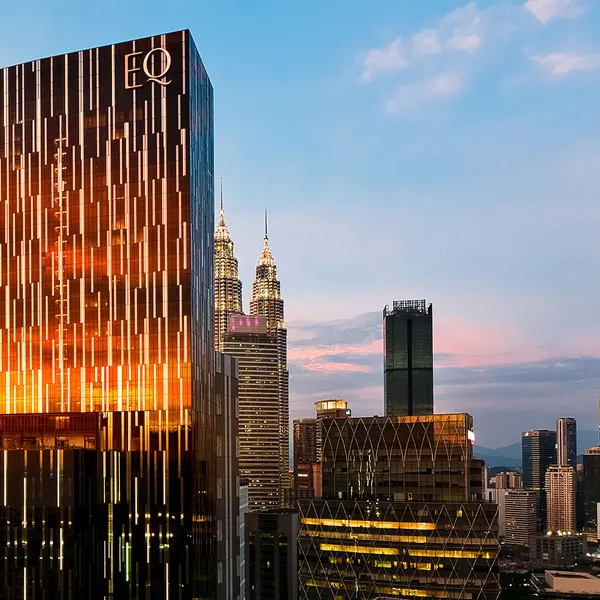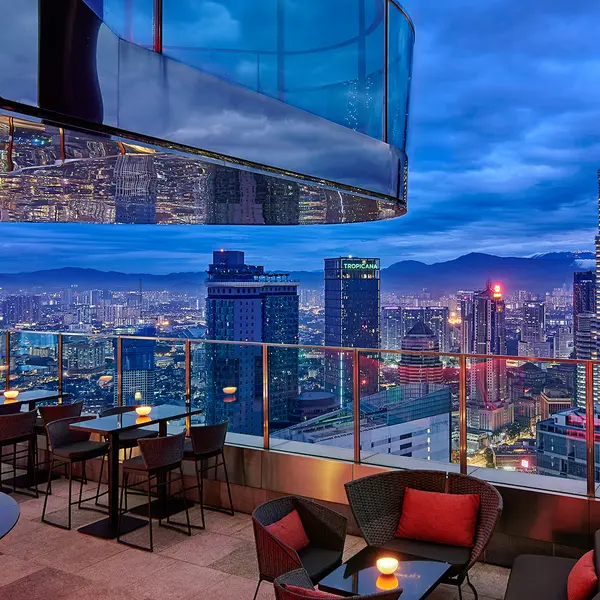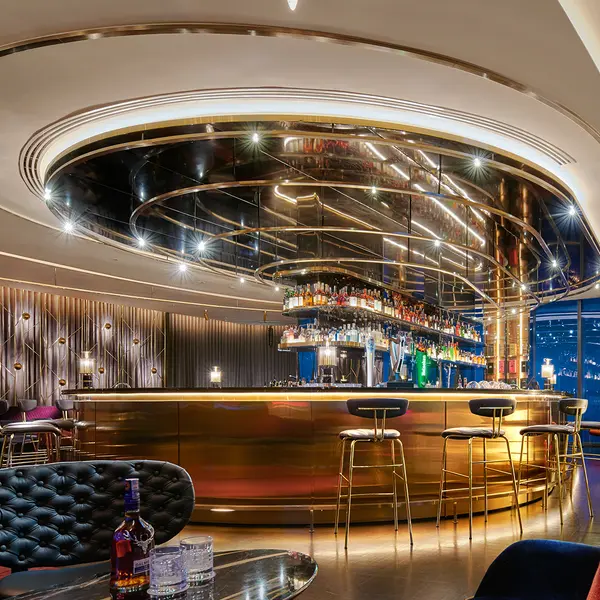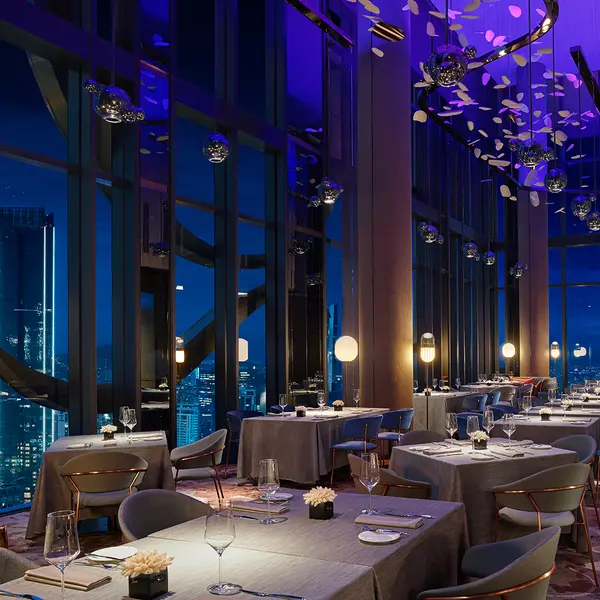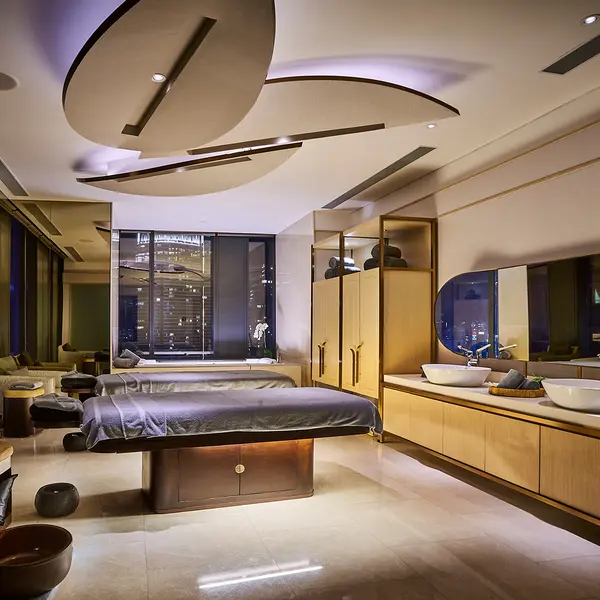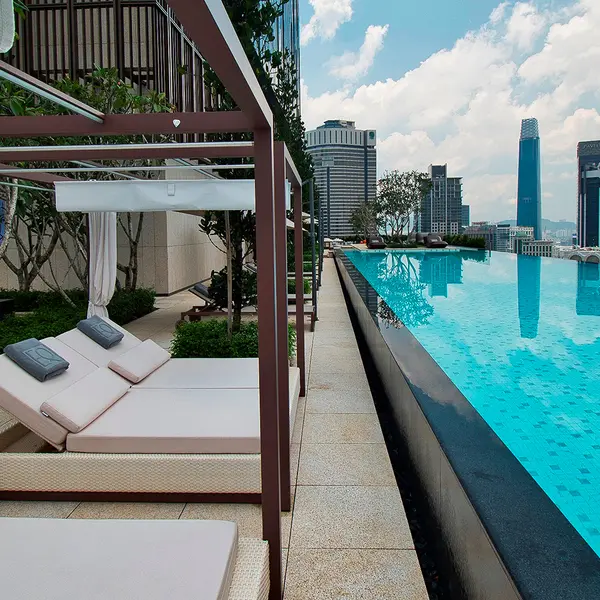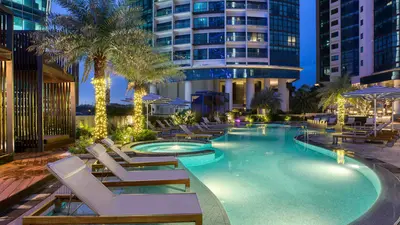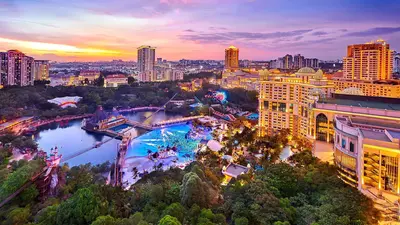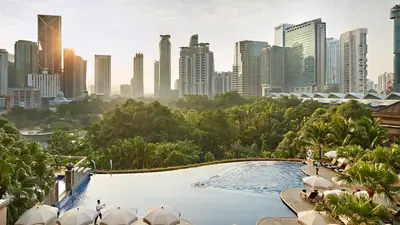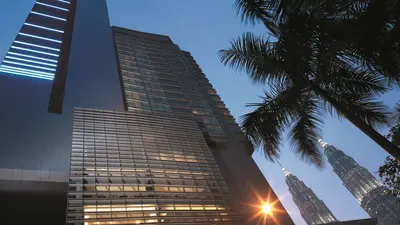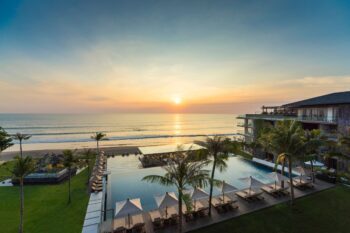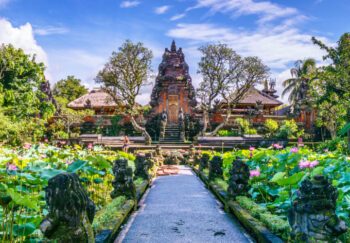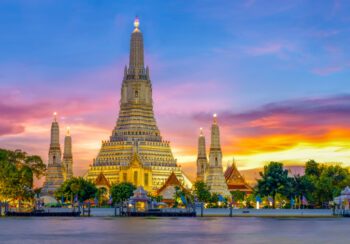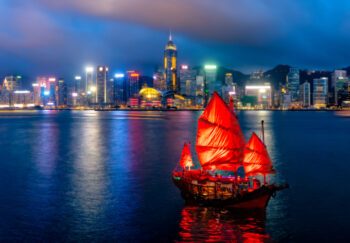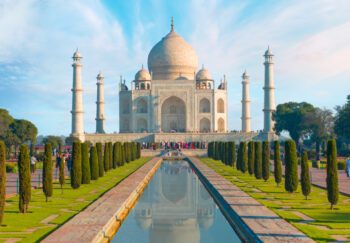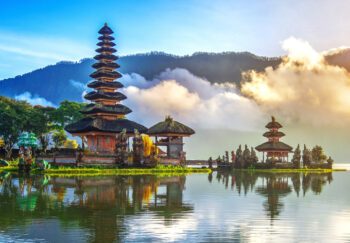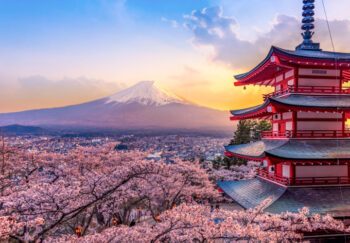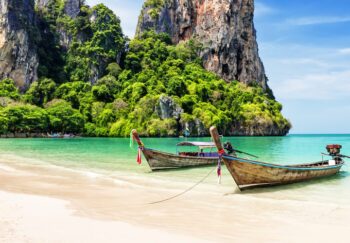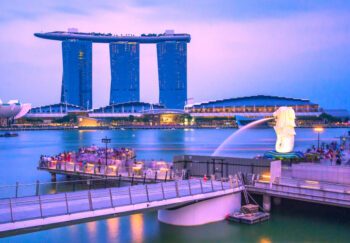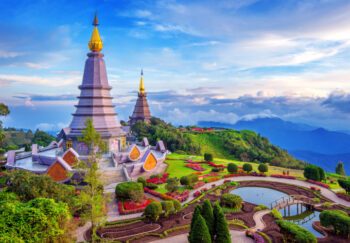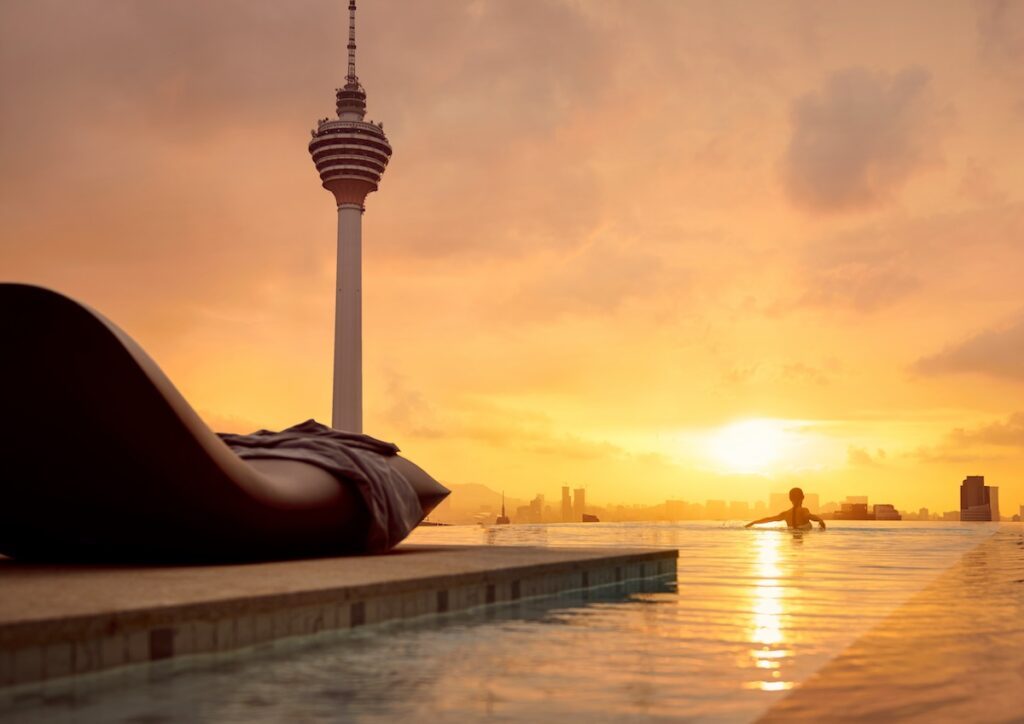
I am holding in my hand a piece of the best bread in the world. It’s not a crunchy baguette, a fluffy focaccia or an on-trend sourdough but a flaky, oily tangle of roti canai, a flatbread that originated in India but was perfected in Malaysia. According to food website TasteAtlas, roti canai ranked number one on its Top 50 Best Breads in the World in 2023 (with a rating of 4.9 out of 5) but I did not need them to tell me how good roti is. Having lived in Singapore for two years, I quickly discovered that roti dipped in curry sauce is the breakfast of champions, a perfect lunch-on-the-go and a beer-sopping late-night delight.
Executive chef of EQ Kuala Lumpur, Federico Michieletto, reminds me of roti’s recent award as we sit down to a table full of Malaysian street-food classics made by him and executive sous chef Krishnan Ramachandran. In front of me is a smoky, spicy char kuay teow (flat noodles), sizzling sticks of chicken satay with tangy peanut sauce and beef rendang redolent with cinnamon and cloves. I tear off a piece of roti and soak it in the fragrant chicken curry, happy as a toddler with toast soldiers and a softboiled egg.
There is a great complexity to Malaysian cuisine and it has more ingredients than a homemade curry paste with Malay, Hokkien, Indian and Peranakan all thrown into the sizzling wok.
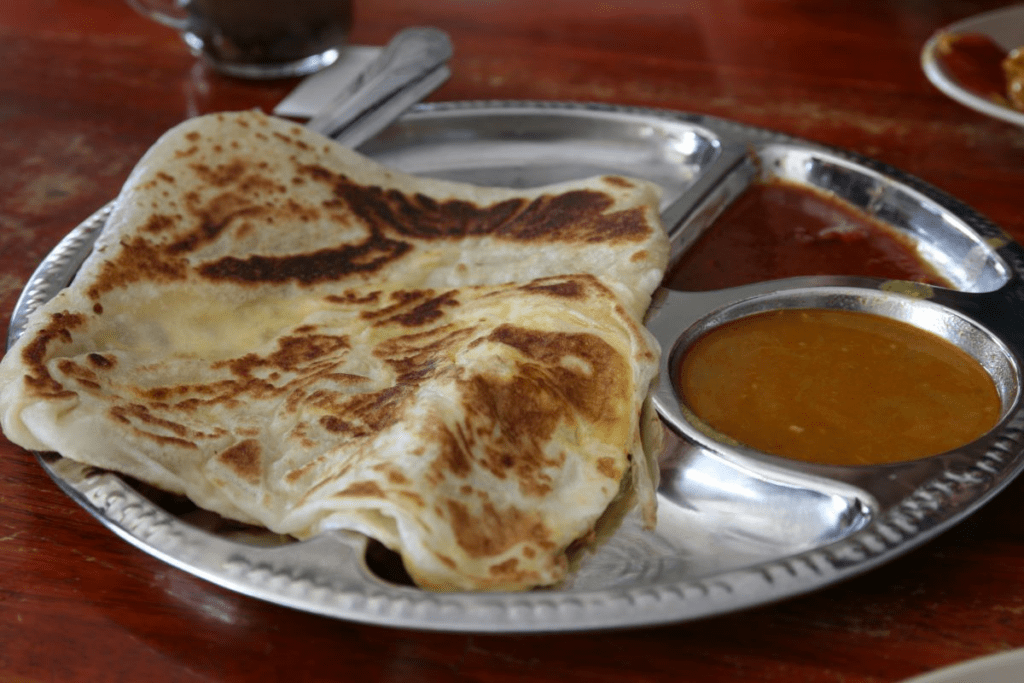
My spread of Malaysian favourites has the zing and sting of street food but has been given a five-star glow-up thanks to Federico and his team of 200 who work in food and beverage at EQ Kuala Lumpur. They are taking much-loved favourites and giving them a new, upmarket spin, much like the hotel itself.
Kuala Lumpur’s Equatorial Hotel was one of a wave of new hotels opened in the Malaysian capital in the 1970s in what was known as the Golden Triangle, a central city spot packed with hospitality options; its restaurant The Chalet was a famous spot for the KL glitterati with its Swiss-themed menu and lush decor. In 2012, the modest-sized Equatorial shut its doors for the last time and was razed to the ground, but in its wake rose EQ a glass-and-steel mega-scraper 52 storeys high with enough panache to rival its neighbour in central KL, the Petronas Towers.
Kuala Lumpur can be a clamorous capital, the streets packed with hectic hawker markets, temples cloaked in clouds of incense and the constant thrum of traffic. Stepping into EQ Kuala Lumpur is like entering the eye of the storm, a passion-project, family-run affair that feels incredibly luxurious but also fantastically homely.
Market capital
Over a cocktail at the hotel’s Sky51 bar, owner and CEO Donald Lim tells me that he gave one simple instruction for the look of the signature rooftop cocktail bar. “I wanted the bar to be somewhere that would make it very hard to refuse a marriage proposal,” he laughs. Sky51 shares the rooftop spot with new diner Sabayon, named for a favourite dish from The Chalet, and the annual pop-up revival of the original Chalet menu is a huge night on the KL social calendar.
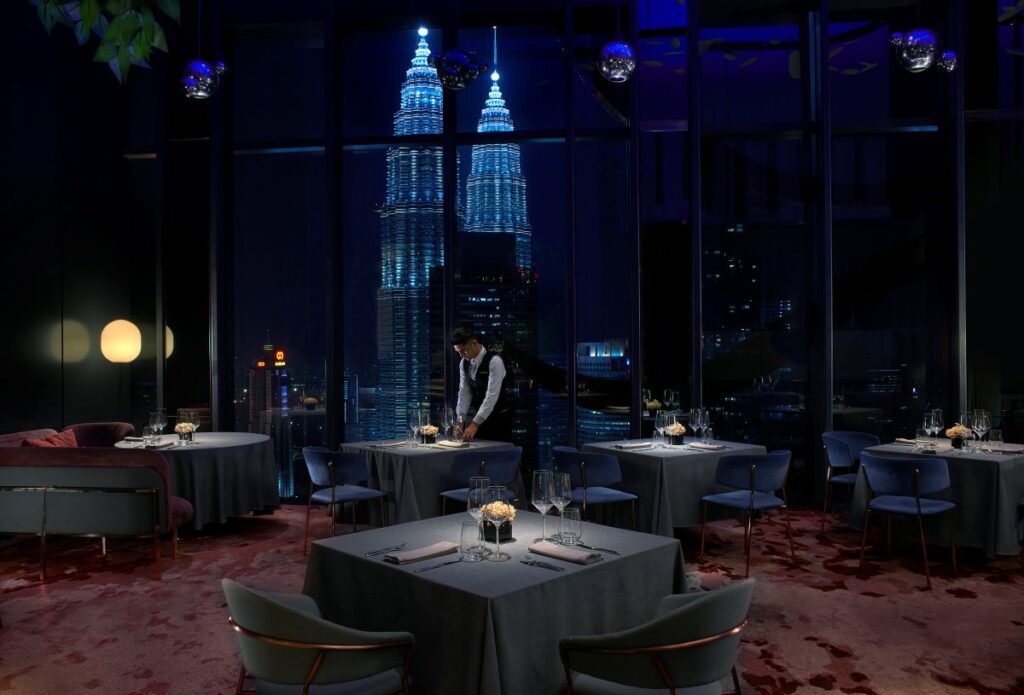
It is a grand space looking across to the Petronas Towers and the square below and is the best seat in the house for New Year’s fireworks. Sabayon and Sky51 share the same level divided by a faux elevator door with a martini on the call button. The centrepiece is a staircase that Donald tells me was forged in one piece from marine-grade steel and leads to the Blue bar above, a whisky-forward sipping spot, and favourite place for a sky-high selfie.
You get similar views from a Deluxe King Twin Tower room, which faces the double skyscraper that was once the highest building in the world. The floor-to-ceiling windows frame this view while a coloured chaise lounge allows you to pull up a pew for when the sun drops and the skyline twinkles into nocturnal life.
The following morning, I am up early and off for a market tour with executive sous chef Krishnan. We head to a local wet market where fish are stacked on a table piled with ice and huge pods of Malaysian petai, or bitter beans, are hung up at a stall like smalls on a Hills Hoist.
After, we head to a more tourist-friendly market, Pasar Besar (Central Market), in the centre of town. The stated aim of this colourful marketplace is to preserve Malaysian food culture and pass it on to future generations. Punchy scents abound as you walk past piles of belachan (fermented shrimp paste), a cornerstone of local dishes for over 200 years; tubes of jeruk (fruit pickle) believed to be good for your health; and more varieties of sambal (chilli sauce/paste) than I have ever seen. Sambal, I discover, comes in over 200 varieties and has been declared Malaysia’s national condiment by The Michelin Guide.
Back at EQ, in Nipah, the ground-floor restaurant that celebrates Malaysian classics I thank Krishnan for the tour and decide to add a little spice of my own to the outing by asking about Singapore and how much claim it has over dishes like laksa and char kway teow when the Lion City also crows about these local dishes?
“They can do some of the Chinese specialities but they are different: the char kway teow is different, the laksa is different,” says Krishnan diplomatically. “They can’t cook like Malaysians because the land here is bigger and the produce is better. Are they better than Malaysia? Let’s just say they have their own flavour.”
This article was originally featured in the fifth issue of Dream by Luxury Escapes magazine. Paul Chai was a guest of the hotel. Get your copy here.
